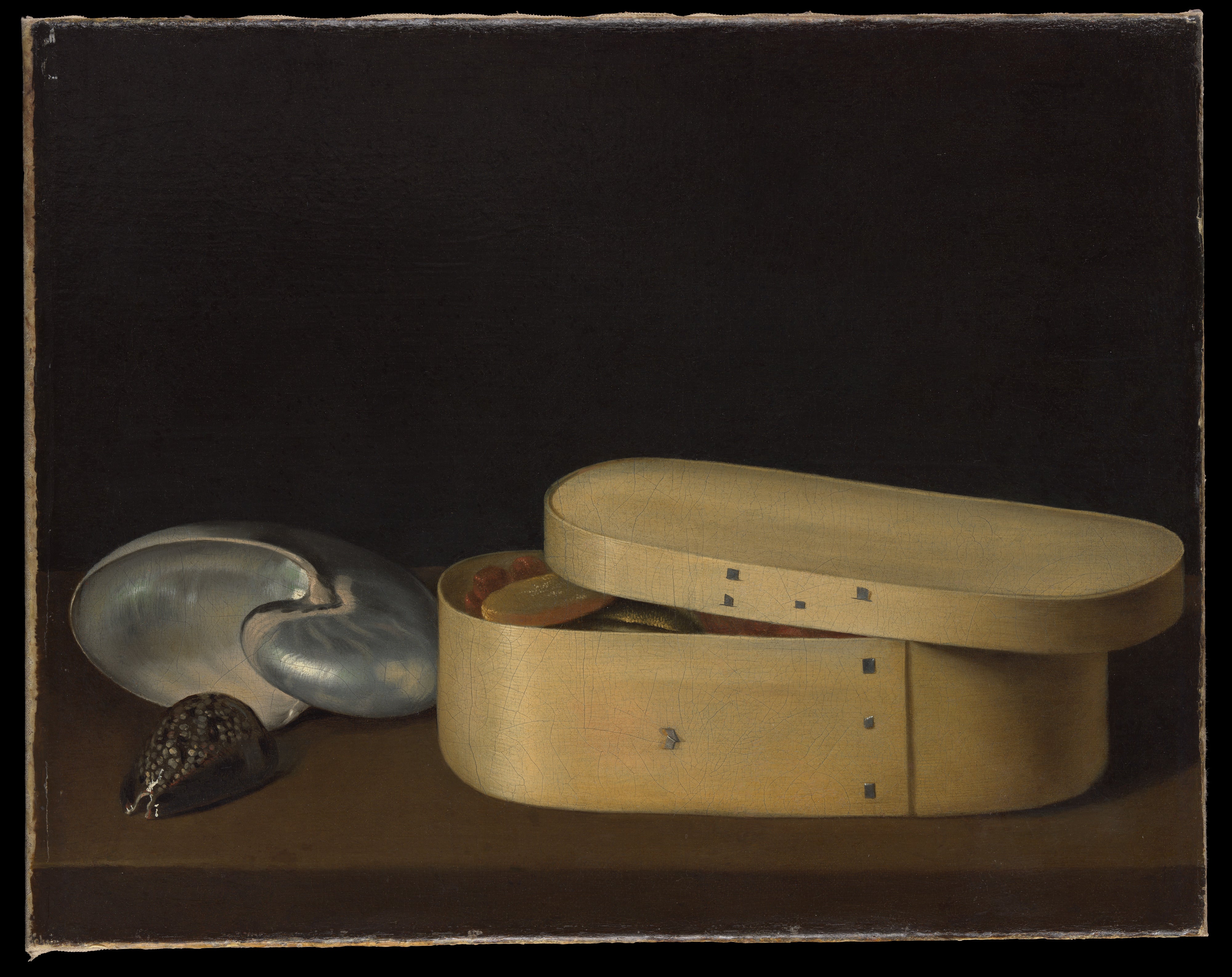Compose Your Own Still Life
We knew our Marble Facet Bowls would be beautiful to photograph, but even we were surprised by their classical charm. They held inanimate objects so beautifully, it could have been an oil painting. We got some serious Still-Life Painting in Northern Europe, 1600–1800 vibes.

Still Life with Shells and a Chip-Wood Box,Sebastian Stoskopff, late 1620s
Feeling inspired, we set about creating a Craighill Guide to Still-Life Composition for use in your own home. Since a still life captures the beauty of everyday objects and transitory moments, we think it’s a worthy practice for contemporary life.
Whether you decide to pick up a paint brush after composing your still life is completely up to you — you might choose to simply look upon your new dining table centerpiece or entryway showstopper with supreme satisfaction.
And now, a few tips from us on how to compose your very own still life.
- Start out simple: Pick three to four objects you’d like to work with. Consider shape, size, and texture — pay attention to how these offer intrigue and compositional interest. How will you arrange them? When in doubt, think like a Renaissance artist and drape some fabric.
- Arrange your objects: Allow the Marble Facet Bowls to be your focal point. Distribute your objects so that they glisten in the light and cast engaging shadows. Balance leaves and fruit with the harder edges of vases, glassware, or — dare we say — a mechanical puzzle in brass.
- Display your still life for all to see: A thing of beauty is a joy forever, or at least until you start munching on the grapes in your still life. Invite some guests over before it goes the way of this Renaissance fruit!

Still life with fruits and flowers, Balthasar van der Ast, 1621
Optional – Capture your still life: Procure the artistic tools you most enjoy using, whether paint, pencil, camera, or even crayon. While Renaissance artists valued realistic depictions above all else, in our modern world we are free to be colorful, abstract, and spatially inaccurate.





